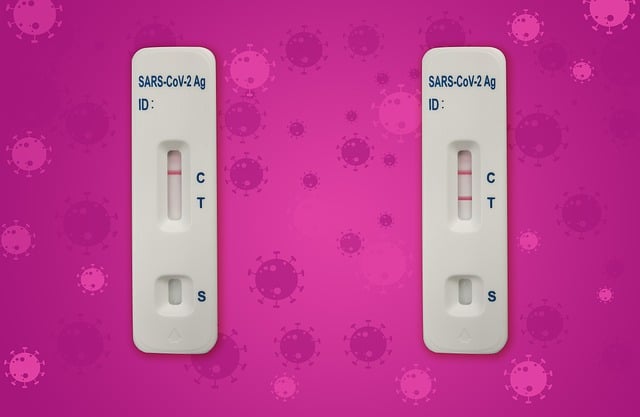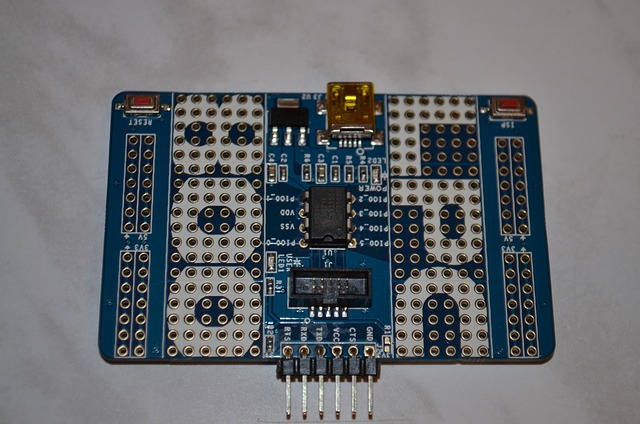Asbestos testing is vital for older homes in San Antonio to identify hazardous materials, especially amosite and crocidolite, commonly found in building components like insulation, flooring, and roofing. Professional inspectors use advanced techniques to sample and analyze materials, providing crucial data on asbestos type, concentration, and safe handling recommendations. This process ensures occupant and worker safety during renovation or remodeling by adhering to local regulations for removal, encapsulation, or disposal, ultimately maintaining a healthy living environment.
In many older homes, asbestos lurks hidden behind walls, in insulation, and within flooring—a potential health hazard that requires careful navigation. This article guides San Antonio residents through essential aspects of asbestos testing, specifically focusing on amosite and crocidolite, two common but dangerous types. We’ll walk you through the process of testing older homes, and help interpret results to ensure your safety. Understanding these steps is crucial for anyone looking to mitigate asbestos risks.
- Understanding Asbestos Types: Amosite and Crocidolite
- The Process of Asbestos Testing in Older Homes
- Interpreting Asbestos Test Reports for San Antonio Residents
Understanding Asbestos Types: Amosite and Crocidolite

Asbestos is a natural mineral fiber that has been widely used in various building materials due to its strength and insulation properties. When it comes to asbestos testing, two types stand out: amosite and crocidolite. Both are considered highly hazardous to human health, but they differ in their characteristics and potential risks. Amosite, also known as blue asbestos, is a type of amphibole fiber that was commonly used in cement, roofing, and insulation products due to its flexibility and resistance to heat and chemicals. On the other hand, crocidolite, or brown asbestos, is another amphibole fiber known for its strong and durable nature, making it popular in industries such as shipbuilding and automotive parts manufacturing.
In San Antonio, with many older homes containing potentially hazardous materials, asbestos testing is crucial for ensuring safety. Asbestos testing for older homes in San Antonio should focus on identifying these types and their presence in various components like insulation, flooring, roofing, and more. Professional inspectors use advanced techniques to detect even trace amounts of asbestos fibers, which can then be safely removed or managed according to local regulations. This is especially important due to the serious health risks associated with long-term exposure, including lung cancer, mesothelioma, and asbestosis.
The Process of Asbestos Testing in Older Homes

When it comes to asbestos testing in older homes, especially in San Antonio, homeowners and property managers often face a crucial decision. Asbestos is a hazardous material that was commonly used in construction materials up until the 1980s. Testing becomes essential when considering renovation or remodeling projects to ensure the safety of occupants and workers. The process typically involves several steps. First, a thorough inspection is conducted to identify potential asbestos-containing materials (ACMs). This includes examining building components like insulation, flooring, roofing, and even paint. Once suspected ACMs are located, sampling procedures are employed to collect representative pieces for laboratory analysis.
In San Antonio, professional asbestos testing services utilize advanced techniques to detect the presence of amosite and crocidolite fibers, which are two types of asbestos commonly found in older homes. After sampling, the lab uses methods such as microscopy or X-ray fluorescence to analyze the materials and provide a detailed report on the asbestos type, concentration, and safety recommendations. This information is vital for making informed decisions regarding the next steps, whether it’s safe removal, encapsulation, or proper disposal, ensuring that the process adheres to local regulations and maintains a healthy living environment.
Interpreting Asbestos Test Reports for San Antonio Residents

When it comes to asbestos testing in older homes in San Antonio, understanding your report is crucial. These tests are essential for identifying any presence of amosite or crocidolite, two types of asbestos commonly found in construction materials used before their dangers were widely known. The reports typically include details about the sampling locations within your home and the results, which can be expressed as parts per million (ppm).
For San Antonio residents, knowing what to look for is vital. If amosite or crocidolite is detected, even at low levels, it’s important to take action. This may involve professional abatement services to safely remove any asbestos materials, ensuring your home meets current safety standards and mitigating potential health risks associated with long-term exposure.
Asbestos testing is crucial for ensuring the safety of San Antonio residents, especially those living in older homes. By understanding the types of asbestos—amose and crocidolite—and their potential health risks, homeowners can take informed steps. The process of asbestos testing involves careful collection and analysis, as outlined in this article. Interpreting test reports is key to knowing when and how to address any asbestos presence, facilitating a safer living environment for all. For San Antonio residents, staying informed about asbestos testing for older homes is an essential step towards protecting public health.
